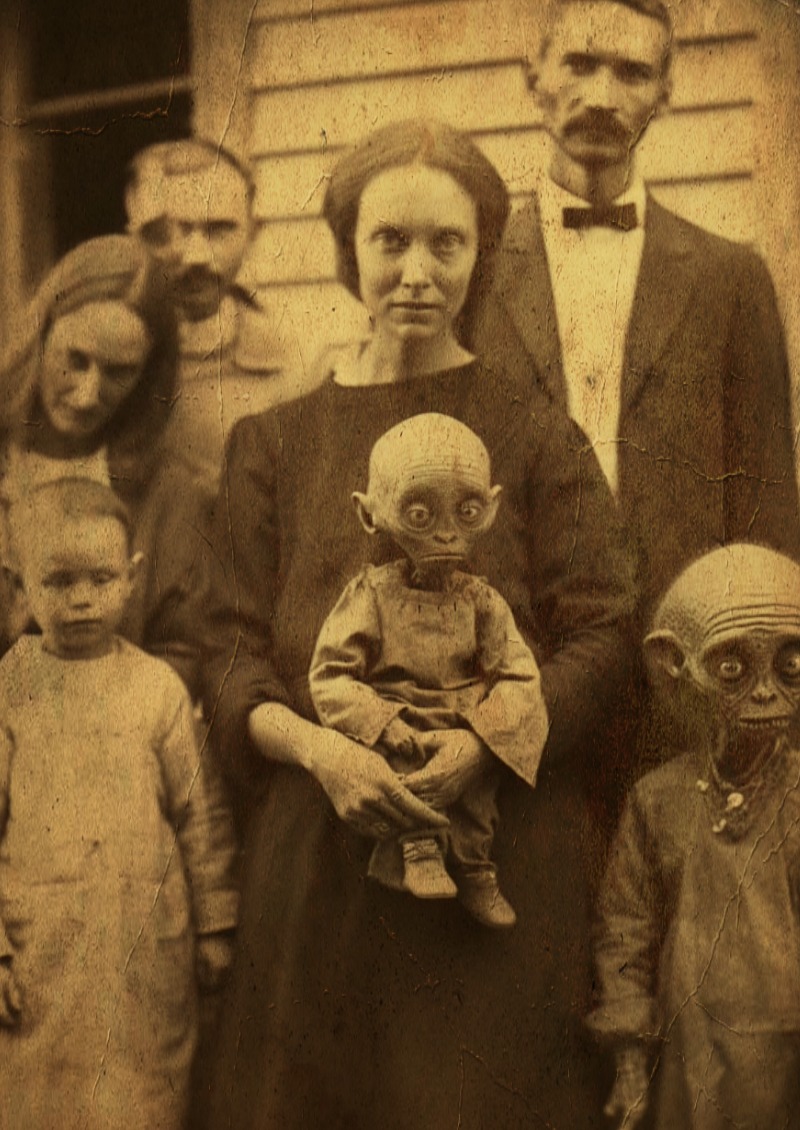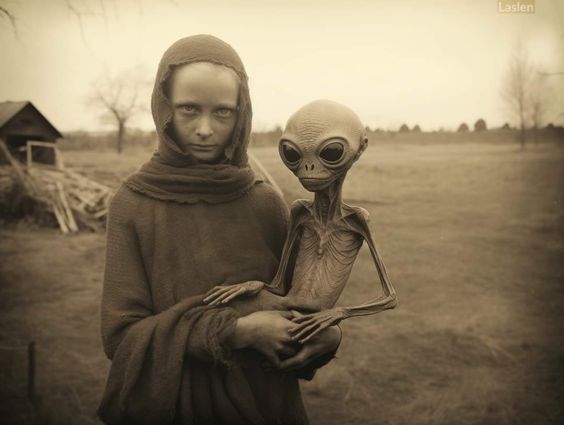The concept of humans peacefully cohabiting with extraterrestrial beings is a topic that has intrigued and captivated minds for centuries. From ancient myths and legends to modern-day encounters, the idea of harmonious interaction between humans and aliens continues to fascinate and challenge our understanding of the universe. Through a comprehensive examination of historical records, cultural narratives, and contemporary accounts, we can gain deeper insights into the complex tapestry of human-alien relations spanning across time and space.

Across diverse cultures and civilizations, there exists a rich tapestry of myths, legends, and religious texts that hint at encounters with beings from beyond our world. In ancient Mesopotamia, the Sumerians revered the Anunnaki as divine beings who descended from the heavens to guide and influence human civilization. Similarly, the ancient Egyptians worshipped gods and goddesses with celestial origins, such as Osiris and Isis, who were believed to possess advanced knowledge and abilities.
The Mayans, Aztecs, and Incas of Mesoamerica also had rich traditions of interaction with celestial beings, whom they regarded as teachers and guides. These ancient civilizations left behind intricate artwork, architectural marvels, and written records that offer tantalizing glimpses into their encounters with beings from the stars, suggesting a deep and enduring connection between humanity and the cosmos.

While ancient encounters with extraterrestrial beings may be shrouded in myth and legend, modern-day sightings and encounters provide a wealth of compelling evidence of ongoing interactions between humans and aliens. Reports of unidentified flying objects (UFOs), alien abductions, and close encounters continue to capture the public imagination and spark debate among scientists and enthusiasts alike.
In recent decades, governments and organizations around the world have taken steps to investigate and document reports of UFO sightings and encounters. While many of these incidents can be explained by natural phenomena or human-made objects, a significant number defy conventional explanation, raising intriguing questions about the nature of these unidentified aerial phenomena and their potential extraterrestrial origins.

Beyond the realms of mythology and modern sightings, cultural narratives offer additional insights into humanity’s relationship with extraterrestrial beings. Science fiction literature, films, and television shows have long explored the theme of human-alien interaction, presenting a diverse array of scenarios ranging from peaceful cooperation to hostile conflict.
Through these imaginative works, we can explore themes of identity, empathy, and understanding as humanity grapples with the prospect of encountering beings from other worlds. While fictional in nature, these narratives reflect our deep-seated curiosity and apprehension about the unknown, providing a lens through which we can examine our hopes, fears, and aspirations regarding extraterrestrial life.

As humanity continues its exploration of the cosmos, the quest for understanding our relationship with extraterrestrial beings remains a central focus of scientific inquiry and philosophical contemplation. Whether rooted in ancient mythologies, modern-day sightings, or cultural narratives, the notion of humans peacefully coexisting with aliens challenges us to expand our perspectives, rethink our place in the universe, and embrace the possibility of a future where humanity and extraterrestrial beings coexist in harmony.
In the vast expanse of the cosmos, the idea of humans living peacefully alongside aliens since ancient times invites us to reconsider our understanding of the universe and our place within it. Whether through ancient myths, modern sightings, or cultural narratives, the concept of interstellar harmony offers a compelling vision of a future where humanity embraces its role as citizens of the cosmos, united in our shared quest for knowledge, understanding, and cosmic coexistence.




